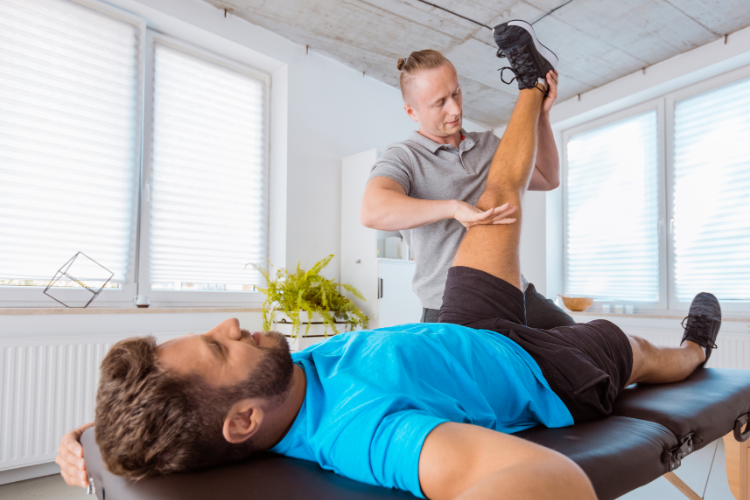Most of us have hurt our backs at some point in our lives, as referenced in our previous post (see: acute low back pain). After the acute inflammatory stage is over (usually within 1-2 weeks), and most of the pain has subsided, the question is what is the next step? Many people are able to go back to their previous activities and daily lives with decreased and minimal pain. However, whether consciously or subconsciously, there may still be some fear of movement, especially the action or motion that brought about the injury in the first place. It’s important to not let that fear dictate how you move and live your life. You want to be able to go back to all the things you want to do without any hindrance. Even though the pain is gone, not doing anything and addressing the issue could potentially lead to a higher chance of reinjuring your back. In order to prevent future injuries, strength is key.
The core, glute, and low back muscles are important muscles to target. You also want to use that action that hurt you to strengthen you. For example, if you hurt yourself squatting down to pick up an object, instead of avoiding squatting, use squats to strengthen yourself, so you can squat in the future without fear and pain. It’s very simple if you think about it. If something is stronger, it is less likely to break or tear. The same principle applies to your body, if it is stronger, it will be less likely to get reinjured. Don’t let fear of movement guide how you exercise and return to your daily life, instead take control of that fear and use it to help you to prevent future injuries and strengthen yourself.







